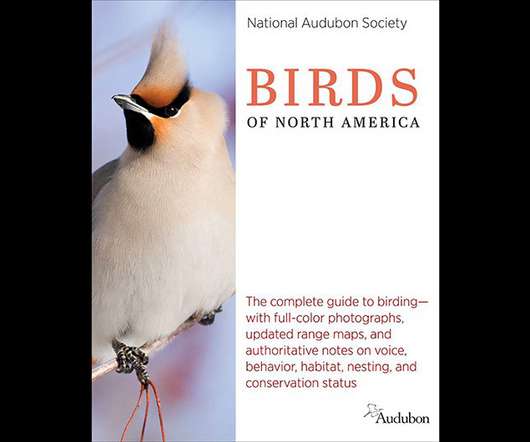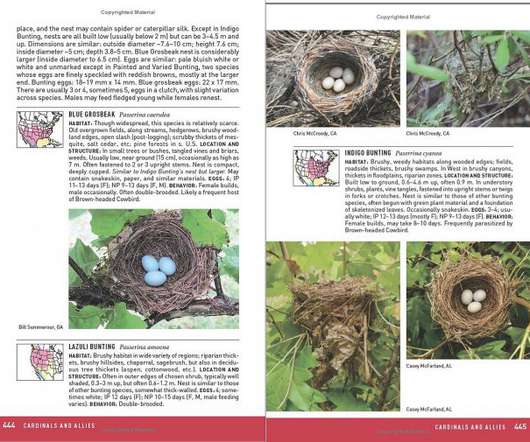Altruism, Albatrosses, and Vicious Young Men
10,000 Birds
JUNE 27, 2017
27, 2015 Christian Gutierrez, Raymond Justice, and Carter Mesker went on a camping trip to Ka’ena Point Natural Area Reserve on Oahu, Hawaii. They emerged from their bloody rampage leaving fifteen adults dead, and fifteen destroyed nests with either smashed or missing eggs. But what about the horrific deaths of the birds?













Let's personalize your content